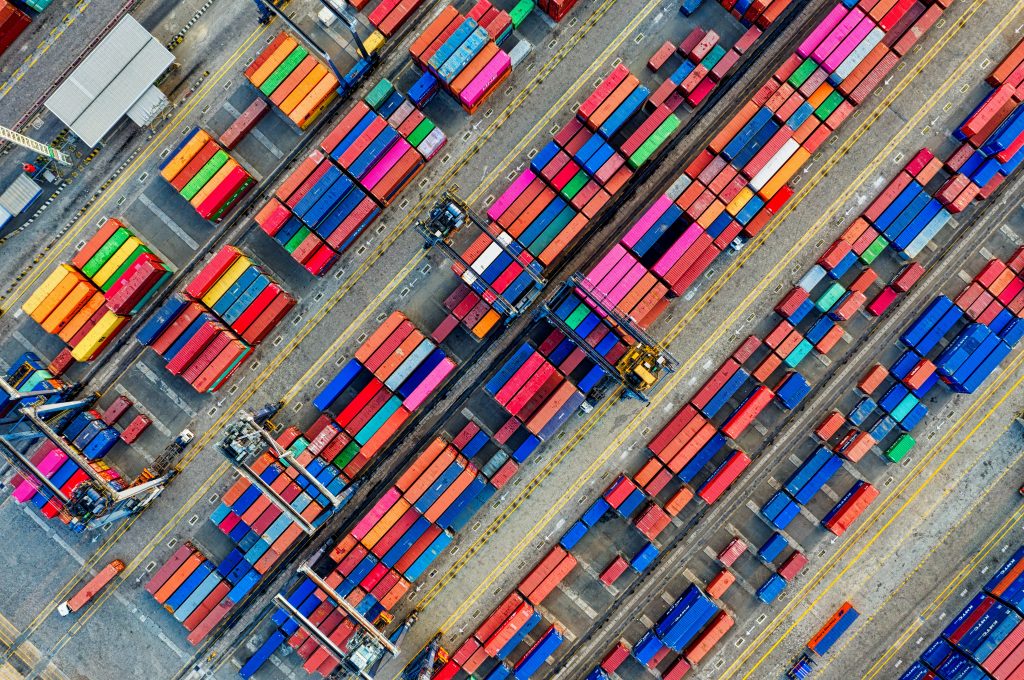
As spot rates and import demand have decreased due to excess inventory, shipping lines need help to secure enough contracts to cover costs. This could lead to cutting capacity, increasing spot rates, and bumping contracted cargo. Flexport has discussed the complexities of this situation, and FreightWaves spoke with Nerijus Poskus, Flexport’s Vice President of Ocean Strategy and Carrier Development.
The Upcoming Two Weeks Are Critical
The upcoming fortnight is vital for the US import market’s freight pricing, according to Flexport’s global head of ocean Anders Schulze. Most fixed contracts for 2022 trans-Pacific journeys must be finalized in the first week of April, with some big beneficial cargo owners (BCOs) already signing on. Spot rates, however, are deemed unsustainable due to the increased costs of charter and bunker. It has been reported that BCOs are agreeing to rates proposed by carriers that are higher than the spot market – around $300 to $500 per forty-foot equivalent unit.
High Inventories
Due to the pandemic, there was an influx of consumer goods imports which caused spot rates to drop and contract rates to rise. This created a situation where U.S. importers had to sign annual contracts at a high cost and bring in more cargo than necessary, leading to higher inventories than planned in 2023. 62% of the survey respondents said they had too much inventory, similar to the results of December’s poll.
Falling Spot Rates
The amount of excess inventory in the market is causing trans-Pacific container shipping contract talks to become more and more critical over the next two weeks as they try to determine freight pricing for import markets in the U.S.
On Friday, the Freightos Baltic Daily Index reported that Asia-West Coast rates had hit a new post-pandemic low of $1,017/FEU, a drop of 94% year-on-year. Asia-East Coast shipping rates have also decreased 88% year-on-year.
Ocean carriers need help agreeing on the rates as they are already too low. Zim CFO Xavier Destriau said that shippers are pushing for lower rates, but the company has set a limit on how low they are willing to go; if that limit is not met, then they will stop sailing, which could have a significant impact on supply chains.
Second-Half Risk to Spot Players
It is expected that imports will increase during the year’s second half, causing the traditional peak season and increasing spot rates. Around 60-70% of trans-Pacific volumes have moved on annual contracts, which is lower than before the pandemic. Cost control is the primary focus for those with inventory to manage.
Second-Half Risk to Contract Holders
Shippers who have secured low fixed rates for their May 2023 through April 2024 contracts may face risks in the second half of carriers reducing capacity too drastically. Poskus predicts that spot rates and contract rates will reach a balance initially, but if the carriers reduce capacity too much, the spot rates could jump higher than the fixed contract rate. Poskus advises that even if it means paying an extra $100 per FEU, service levels will be better if the contract rate is at the average amount that carriers load onto a vessel, which would not significantly affect overall cost.
Sources: https://www.freightwaves.com/news/crunch-time-for-trans-pacific-container-shipping-contract-talks











Leave a Comment